Horribly, terrorism and assassinations seem more common now than when Israeli Prime Minister Yitzhak Rabin was gunned down while he was leaving a peace rally in Tel Aviv on November 4, 1995. Writer/director Amos Gitai’s frighteningly relevant and insightful re-creation of the days leading up to that murder is a sophisticated analysis of the ways and means of extremist actions within a democracy.
Archival footage of speeches, interviews, and demonstrations is nonchronologically integrated with reenactments (using 70 actors and hundreds of extras) of public—and private—events and the subsequent investigation, known as the Shamgar Commission, named for its chair Supreme Court president Meir Shamgar. With a narrow mandate, the inquiry was charged only with looking into the security situation that evening in the plaza (now named Rabin Square).
It’s almost hard to remember now that the early 1990s were a hopeful time when peace actually looked possible between Israel and its neighbors, when Rabin agreed to the terms of the Oslo Accords with the Palestinian Authority, the Palestinian Liberation Organization, and Jordan. (Gitai was so optimistically elated that he returned from self-imposed exile in Paris.) Rabin was awarded the Nobel Peace Prize in 1994—but the Israeli right wing, including the country’s largest party, Likud, led by Benjamin Netanyahu, now prime minister, branded Rabin a traitor and much worse.
Frequently repeated on screen are hateful images from a raucous Jerusalem rally addressed by Netanyahu where demonstrators right below him hold burning effigies of Rabin and photos of him in a Nazi uniform and in a kaffiyeh, to the accompaniment of death chants. In a montage of archival and re-created interviews, these actions are called “sedition,” countering Netanyahu’s claims of not having seen the protesters. The incendiary footage sets the context: feelings were running high in the country.
Security footage of Rabin’s final movements is repeated from several angles, in slo-mo and with diagrams, to pinpoint the easy access the assassin, 25-year-old ultra-Orthodox Yigal Amir, had as he approached Rabin’s limousine. Based on testimony not previously made public, a shocking lack of communication and coordination among the individuals on site and in different departments is revealed, as well as a lack of preparedness for an emergency, even at the hospital. Rabin’s driver (portrayed by Tomer Sisley, one of the few familiar actors) was about the only one taking any initiative after the shooting. (I was reminded of the 9/11 Commission’s findings of agencies literally not functioning on the same wavelength.)
But the surprisingly appalling—here leaning to suspicious—security lapses were just the opening means to a murderous end. Gitai then goes back, deep into the fanatic environment that produced Amir, from footage of the first shaggy settlers aggressively putting up claims on the West Bank (with statistics of the increasing number of Jewish settlements and population over the years since) to eyewitness reports of Amir’s adherence to a far rightist, nationalistic rabbinical authority.
In a reenactment of an interview with police, Amir proudly recalls sharing like-minded opinions with Baruch Goldstein at another rally—before Goldstein notoriously killed 29 Palestinian Muslims in a 1994 terrorist attack on a Hebron religious site—a revelation chillingly demonstrating that the government was not monitoring these networks. In one jarring reenacted scene, an Orthodox woman with a conflicted conscience remembers attending a meeting where a congregation’s leadership met to determine that Rabin’s murder was justified by the Talmud because he was endangering Jewish lives. Comparisons to an ayatollah issuing a fatwa are inevitably striking. Every effort by the investigative commission’s staff attorneys to look at this type of incitement is denied by the panel as outside its purview.
Overall, Gitai forcefully insists that religious and political ideologues who fan flames with exaggerated rhetoric, tolerate violent images, provide apocalyptic justifications, and make weapons accessible should be considered as guilty as the shooter who pulls the trigger. (The film is certainly not the first to blame Netanyahu; widow Leah Rabin’s furious position is well known.) The United States applies this stance toward Islamists, as Jeremy Scahill emphasized in Dirty Wars (2013), where drones have targeted influential voices. But there has been more reluctance to apply the same incitement standard to religious right-wingers, whether in Israel, Europe, or the United States, where the attacks on Planned Parenthood and abortion clinics continue.


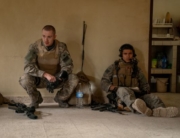
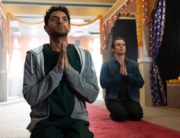

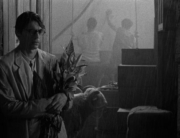


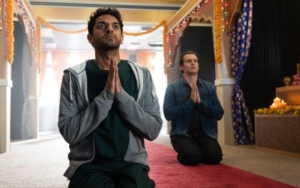



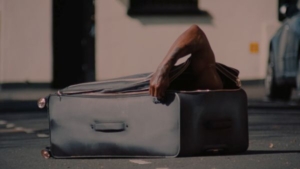




Leave A Comment